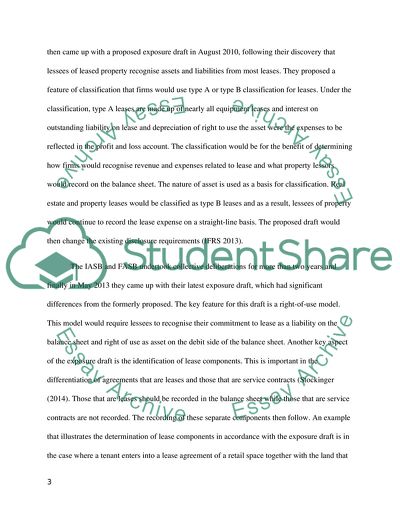Cite this document
(Advanced Accounting Theory & Practice In respect of IAS 17 Leases, you Essay, n.d.)
Advanced Accounting Theory & Practice In respect of IAS 17 Leases, you Essay. https://studentshare.org/finance-accounting/1864081-advanced-accounting-theory-practice-in-respect-of-ias-17-leases-you-are-required-to-a-explain-the-key-features-of-the-current-accounting-standard-you-should-use-at-least-one-illustrative-example-for-lessee-accounting-from-a-published-set-of-fi
Advanced Accounting Theory & Practice In respect of IAS 17 Leases, you Essay. https://studentshare.org/finance-accounting/1864081-advanced-accounting-theory-practice-in-respect-of-ias-17-leases-you-are-required-to-a-explain-the-key-features-of-the-current-accounting-standard-you-should-use-at-least-one-illustrative-example-for-lessee-accounting-from-a-published-set-of-fi
(Advanced Accounting Theory & Practice In Respect of IAS 17 Leases, You Essay)
Advanced Accounting Theory & Practice In Respect of IAS 17 Leases, You Essay. https://studentshare.org/finance-accounting/1864081-advanced-accounting-theory-practice-in-respect-of-ias-17-leases-you-are-required-to-a-explain-the-key-features-of-the-current-accounting-standard-you-should-use-at-least-one-illustrative-example-for-lessee-accounting-from-a-published-set-of-fi.
Advanced Accounting Theory & Practice In Respect of IAS 17 Leases, You Essay. https://studentshare.org/finance-accounting/1864081-advanced-accounting-theory-practice-in-respect-of-ias-17-leases-you-are-required-to-a-explain-the-key-features-of-the-current-accounting-standard-you-should-use-at-least-one-illustrative-example-for-lessee-accounting-from-a-published-set-of-fi.
“Advanced Accounting Theory & Practice In Respect of IAS 17 Leases, You Essay”. https://studentshare.org/finance-accounting/1864081-advanced-accounting-theory-practice-in-respect-of-ias-17-leases-you-are-required-to-a-explain-the-key-features-of-the-current-accounting-standard-you-should-use-at-least-one-illustrative-example-for-lessee-accounting-from-a-published-set-of-fi.


